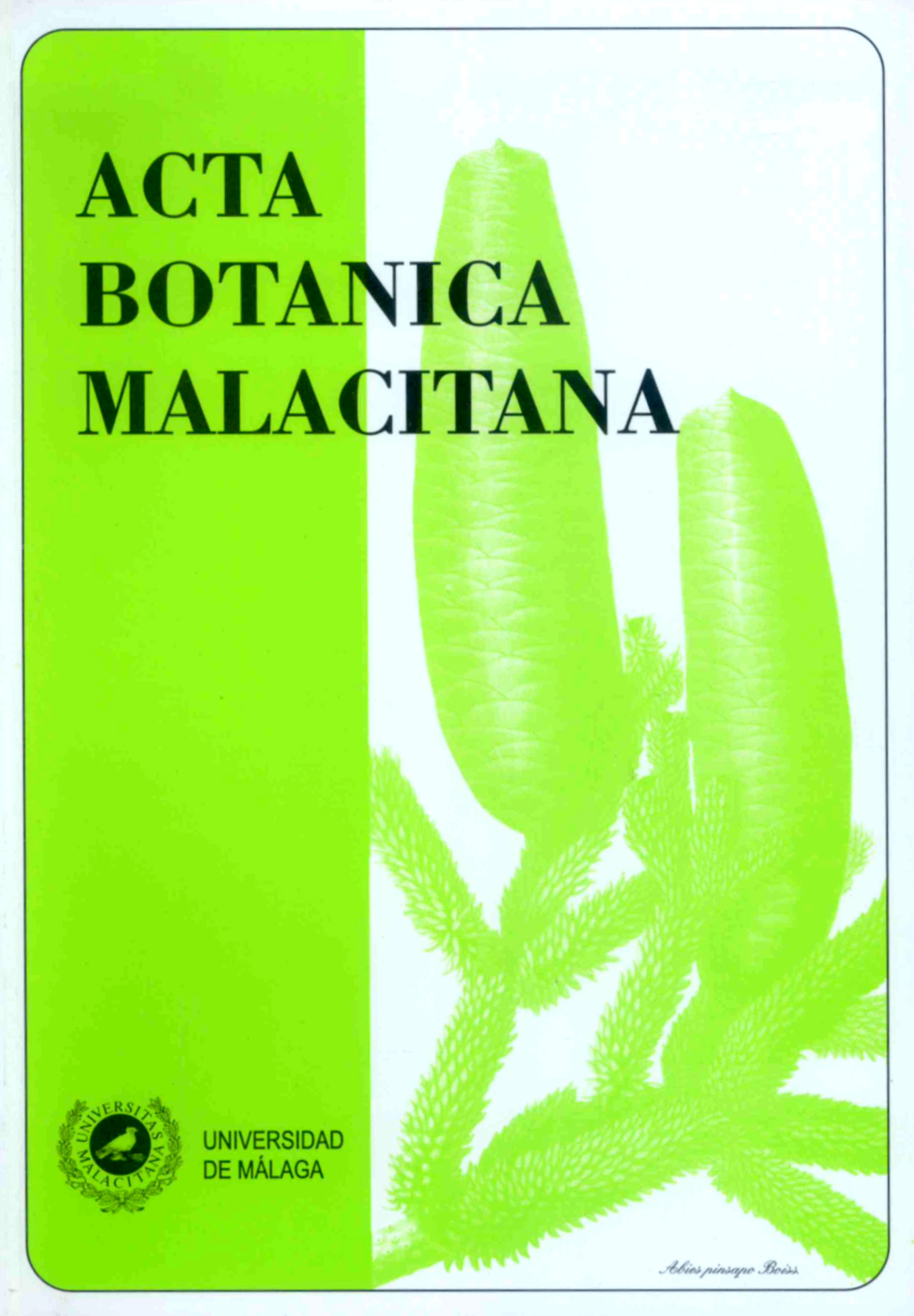Microbial population in phyllosphere of mangroves grow in different salinity zones of Bhitarkanika (India)
DOI:
https://doi.org/10.24310/abm.v34i0.6909Abstract
SUMMARY. Microbial population in phyllosphere of mangroves grow in different salinity zones of Bhitarkanika (India). The bacterial and fungal populations in phyllosphere of mangrove plants were investigated in order to evaluate differences in their occurrence associated with host species. Study sites included relatively undisturbed and purely mangrove area that were selected for sampling from both the low and intermediate salinity zones. Microbial population count was analyzed in 11 and 14 different and/or similar plant species from these two salinity zones. The maximum microbial population was observed in phyllosphere of low salinity zone. However, Crinum defixum L. was found to be most populated with bacteria among all other phyllosphere plant samples tested.
Key words. Mangrove, bacteria, fungi, salinity, Bhitarkanika.
RESUMEN. Poblaciones microbianas de las hojas de manglares que crecen en zonas de diferente salinidad de Bhitarkanika (India). Se estudiaron las poblaciones de bacterias y hongos que se desarrollan sobre las hojas de manglares con el objeto de evaluar si había diferencias entre las especies hospedadoras. El estudio incluía manglares de áreas no alteradas, y se escogieron zonas que representasen valores de salinidad bajo (11 especies) y media (14 especies), respectivamente. El valor más alto de las poblaciones microbianas se detectó en hojas de manglares de la zona de baja salinidad, pero en la zona de salinidad media Crinum defixum L. fue la especie hospedadora con los niveles más altos de poblaciones bacterianas.
Palabras clave. Manglares, bacterias, hongos, salinidad, Bhitarkanika.
Downloads
Metrics
Downloads
Published
How to Cite
Issue
Section
License
All information related to the licensing of published works in Acta Botanica Malacitana and copyright can be found in our Editorial Policy.







1.png)
